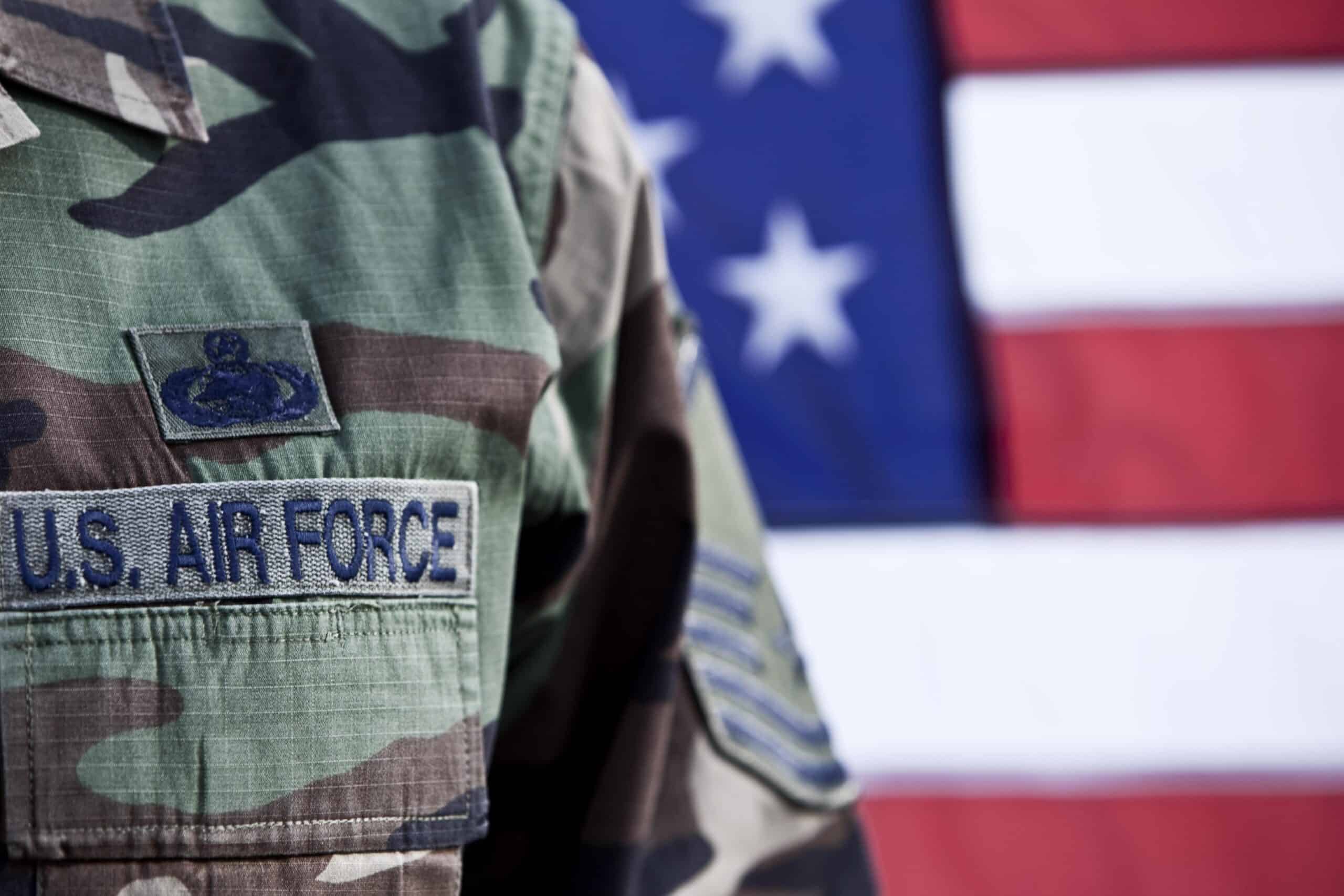
At this point in history, the United States is the world’s only superpower. Nowhere is that more apparent than in the number of troops the U.S. has deployed to overseas bases in nearly 30 countries. It’s probable the American military is operating in many other countries under the public radar. Several years back a jogging app that tracked users’ routes revealed the locations and exercise patterns of troops around the world, including deployments that were not public knowledge. This led to a tightening of military regulations to prevent soldiers’ electronic devices from tracking them and reporting their location.
What we’re sharing here is based on public information released by the Department of Defense in June 2024. We are including only deployments to foreign countries, not U.S. states or territories. Armed with this knowledge, you can think about U.S. foreign policy and vote according to your convictions. Some readers might also feel reassured to visit certain countries knowing that American troops are nearby in case of an international crisis.
24/7 Wall St. Insights
- Most American overseas troop deployments are concentrated in three high-priority areas: Europe, the Middle East, and the Pacific.
- The U.S. also has small deployments in North America, the Caribbean and Central America.
- Also: 2 Dividend Legends to Hold Forever
Pre-World Wars

The American public has always had some strong tendencies toward isolationism. The U.S. is a large country with vast resources, so the average person doesn’t always understand why we can’t just “mind our own business” and not get involved in quarrels on the other side of the world. However, World War I and II taught a harsh lesson that in the modern world, even if you don’t go seeking trouble, trouble will find you. In both cases the U.S. was dragged reluctantly into wars that had grown much larger than they would have been had we engaged diplomatically and militarily much earlier.
Post-World Wars

During the postwar period, the U.S. has had a much more activist, interventionist foreign policy tied to an alliance system intended to uphold a western-dominated order of democracy, international law, freedom of the seas, and containment of countries that pose a threat. As one of the top two countries in the world in international trade (the other is China), the United States depends on access to raw materials and markets for our finished goods abroad. The prosperous American quality of life would be unsustainable if the country lost access to foreign trading partners. American overseas troop deployments help stabilize and defend friendly countries in areas of significant regional threats and deter interference, including military attacks, by adversaries.
Deployments in Asia and the Pacific
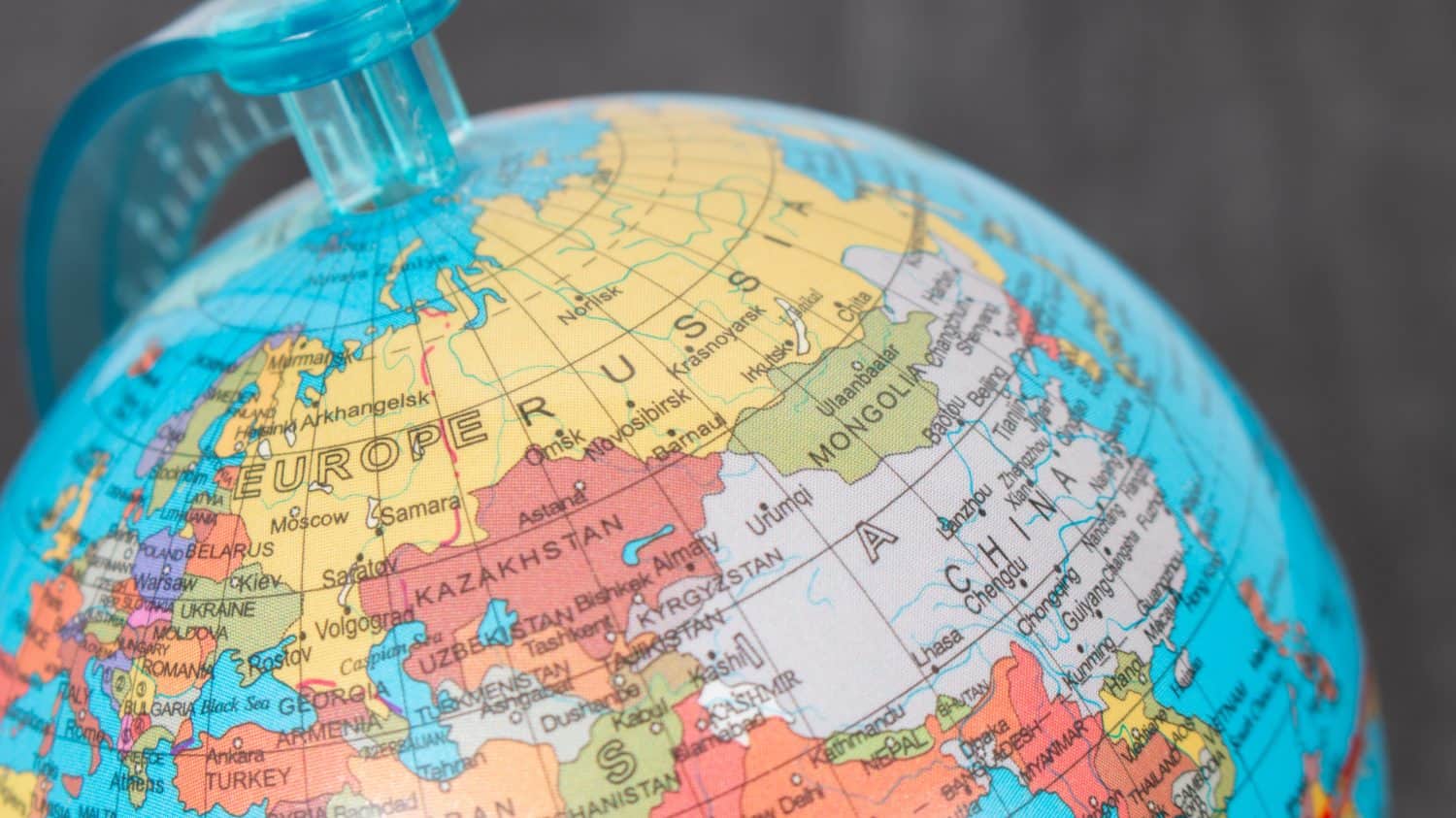
American deployments in Asia and the Pacific serve primarily as deterrence against the ambitions of North Korea and China. Both were American adversaries in the Korean War of 1950-53. That war has never officially been concluded with a peace treaty, so the U.S. maintains thousands of troops in South Korea to deter any future attacks from its heavily armed and hostile neighbor to the north.
For its part, China lays claim to Taiwan and virtually the entire South China Sea, in conflict with the territorial claims of multiple other nations in Southeast Asia. The U.S. maintains naval and air bases in several regional countries to support American naval operations in the region to assert freedom of navigation and prevent the region from falling under Chinese hegemony.
U.S. Troops in Asia
- Japan: 52,852
- South Korea: 23,732
- Australia: 300
- Singapore: 221
- Thailand: 108
Deployments in Eastern Europe
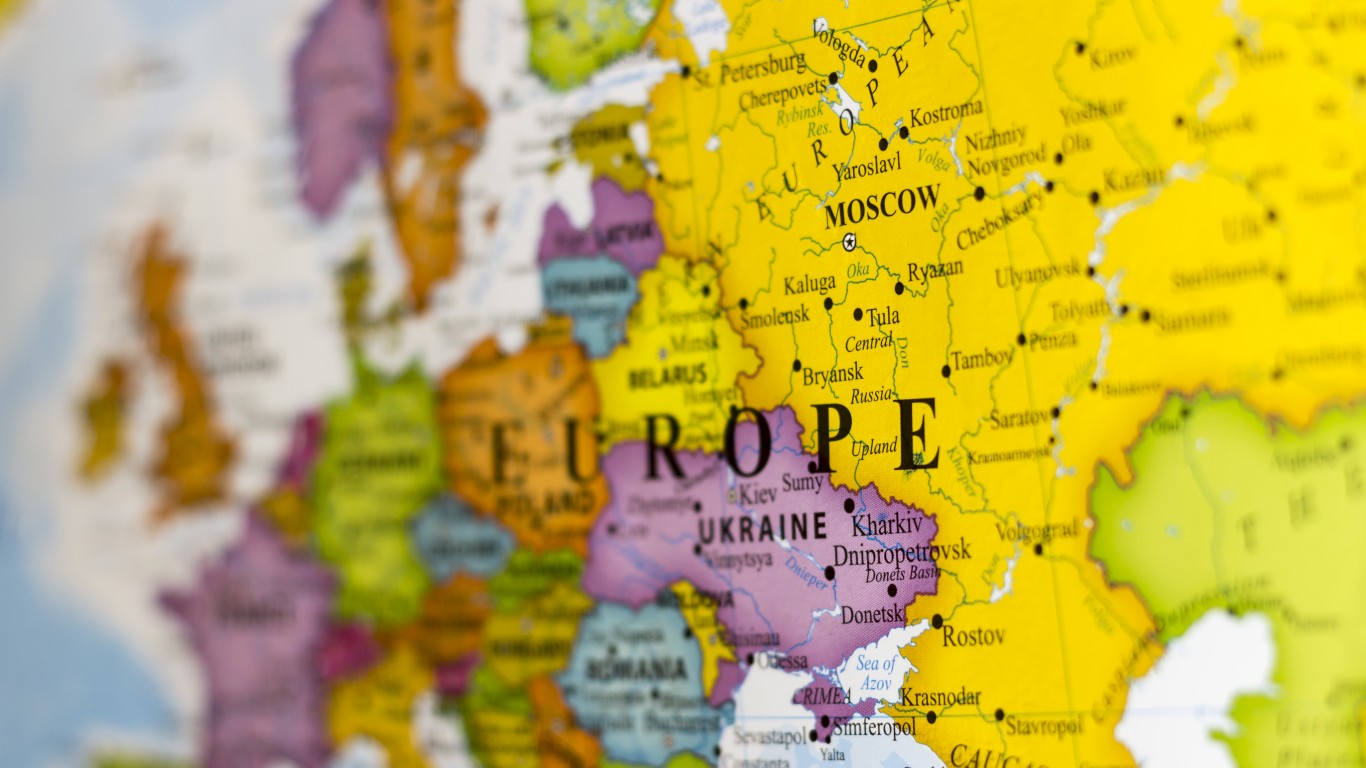
After the collapse of communism the United States and its NATO partners added the countries of the former Warsaw Pact to the alliance. U.S. troops cycle through other countries in the region, like the Baltic States, but Poland and Romania host permanent U.S. deployments. In light of the Russian invasion of Ukraine, which borders both countries, these serve as a deterrent for broader Russian adventurism and are available for training and logistics missions to support Ukraine and regional allies.
U.S. Troops in Eastern Europe
- Poland: 281
- Romania: 140
Deployments in Western Europe
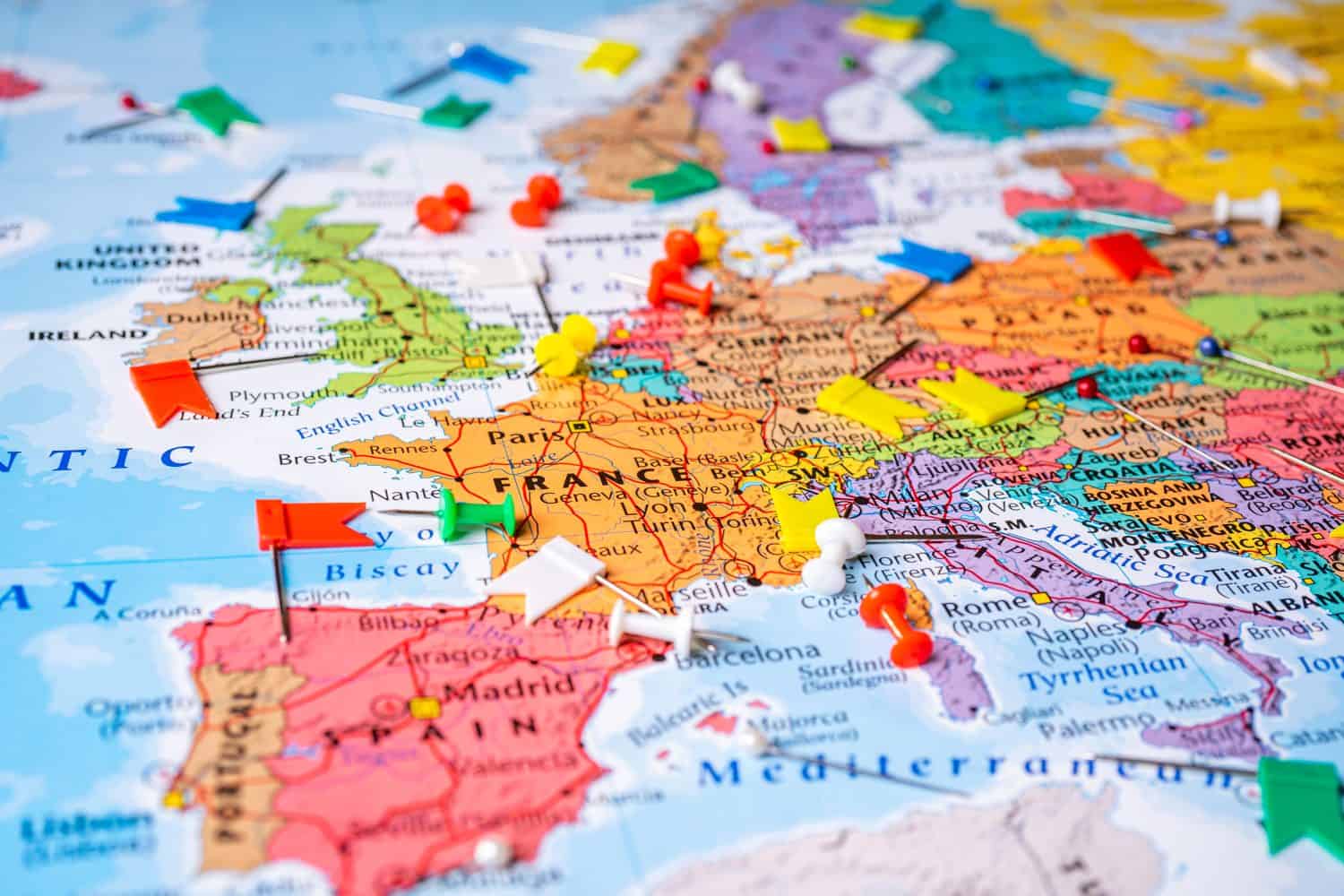
The United States has maintained a large military presence in Western Europe since World War II with the purpose of deterring attacks by the Soviet Union, and now Russia. Troop numbers have declined since their Cold War height, but are still substantial, and the United States maintains large pre-positioned stores of military equipment in the region.
U.S. Troops in Western Europe
- Germany: 34,894
- Italy: 12,319
- United Kingdom: 10,180
- Spain: 3,253
- Belgium: 1,119
- Netherlands: 405
- Greece: 393
- Portugal: 254
Deployments in Central America and the Caribbean
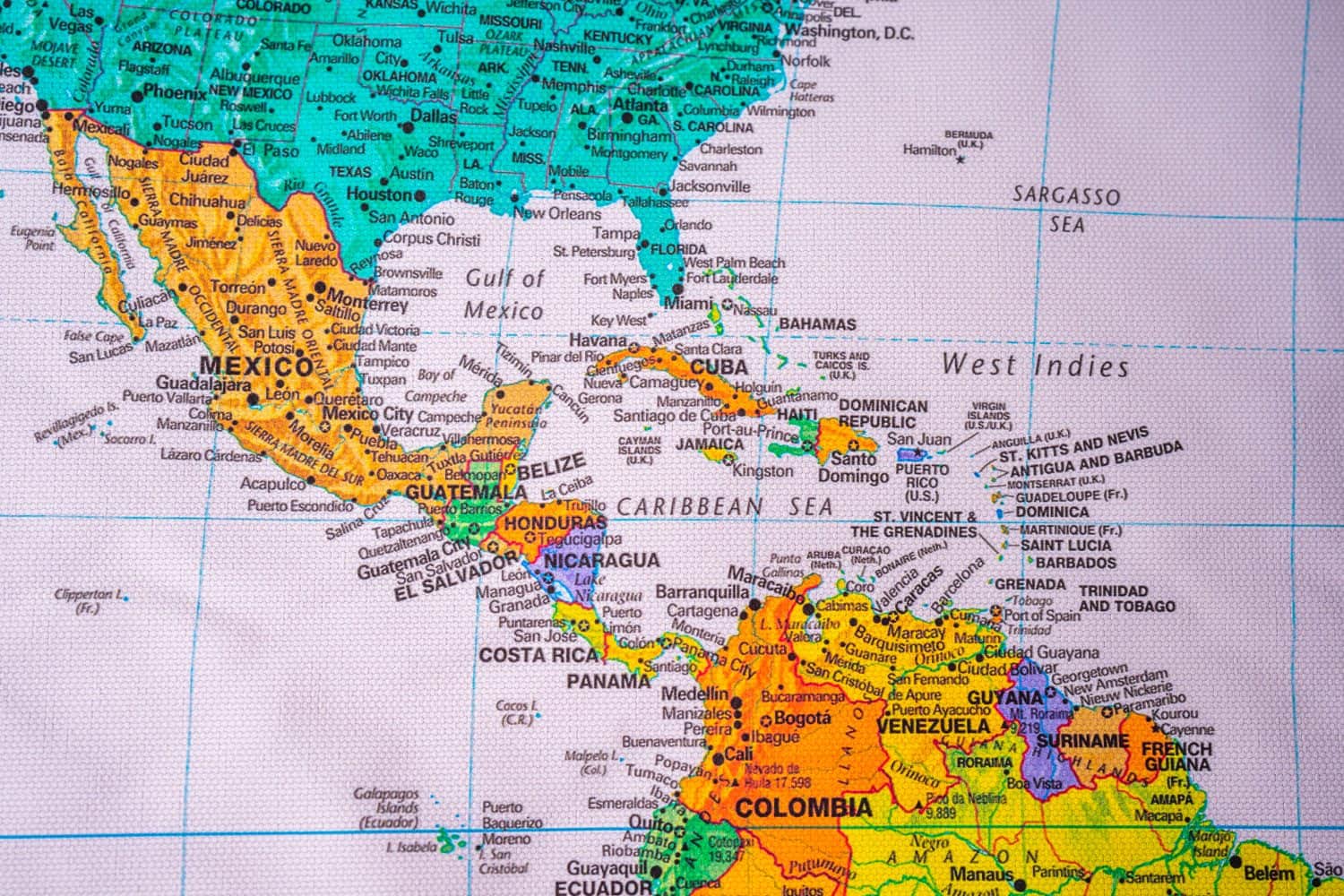
The U.S. has a long-term lease on Guantanamo Bay naval base in Cuba. While it has been in the news mainly because some foreign prisoners of war are imprisoned there indefinitely without trial, the site also serves as a check on Cuban adventurism in the region, knowing that U.S. troops are already in the country and could strike at targets from the base if ordered to do so. Honduras has had an American troop presence for decades to help stabilize the country, combat the drug trade, and keep an eye on neighboring Nicaragua which has in the past been a disruptive force in the region.
- Cuba: 572
- Honduras: 335
Deployments in North America
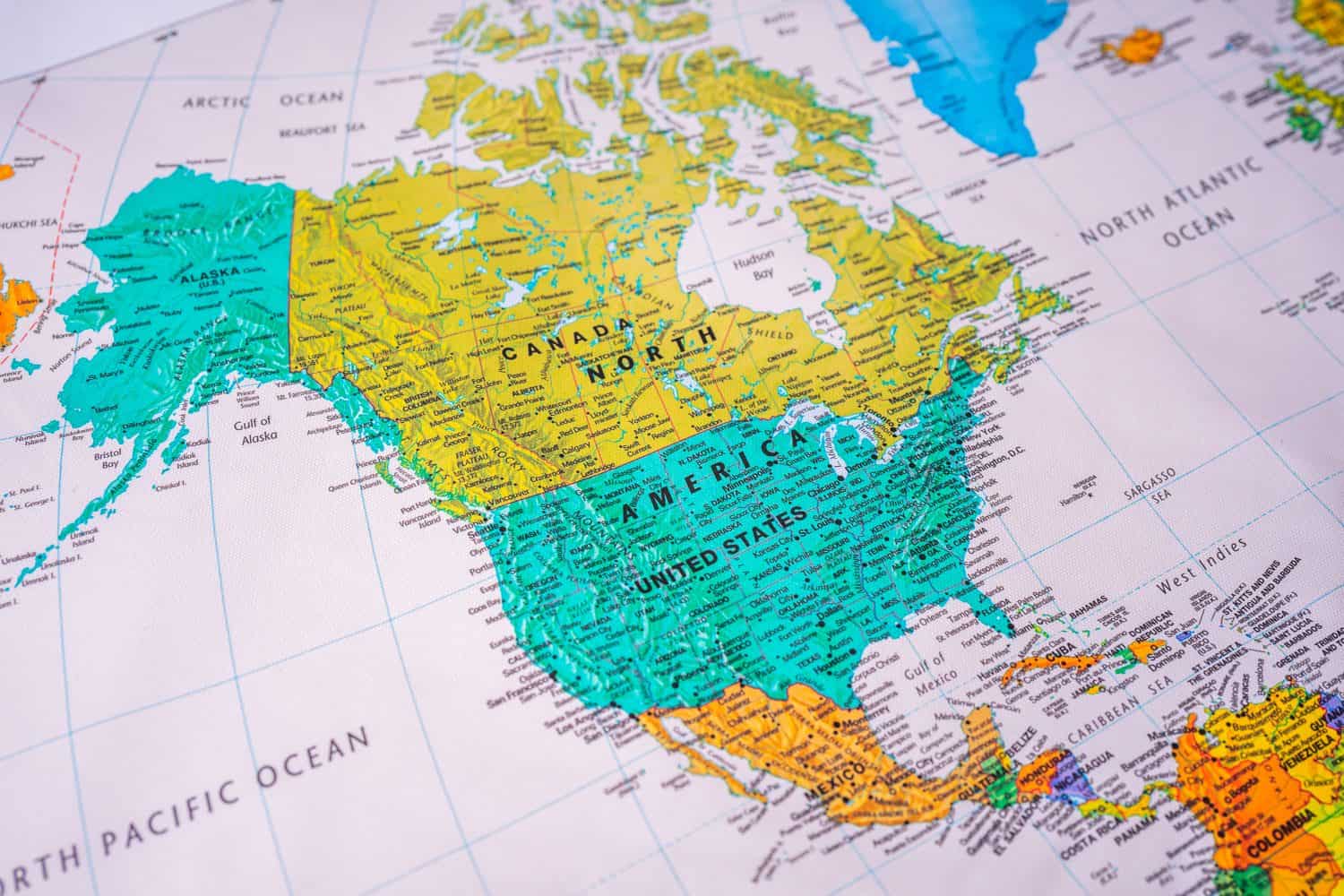
The U.S. maintains only small official troop deployments in Canada and Greenland (an autonomous territory of Denmark). All three are NATO allies with an integrated defense strategy. In the event of a threat to the continent, there is no doubt the heavy U.S. homeland troop presence would have access to Canadian and Greenlandish territory and airspace for continental defense.
- Canada: 156
- Greenland: 139
Deployments in the Middle East
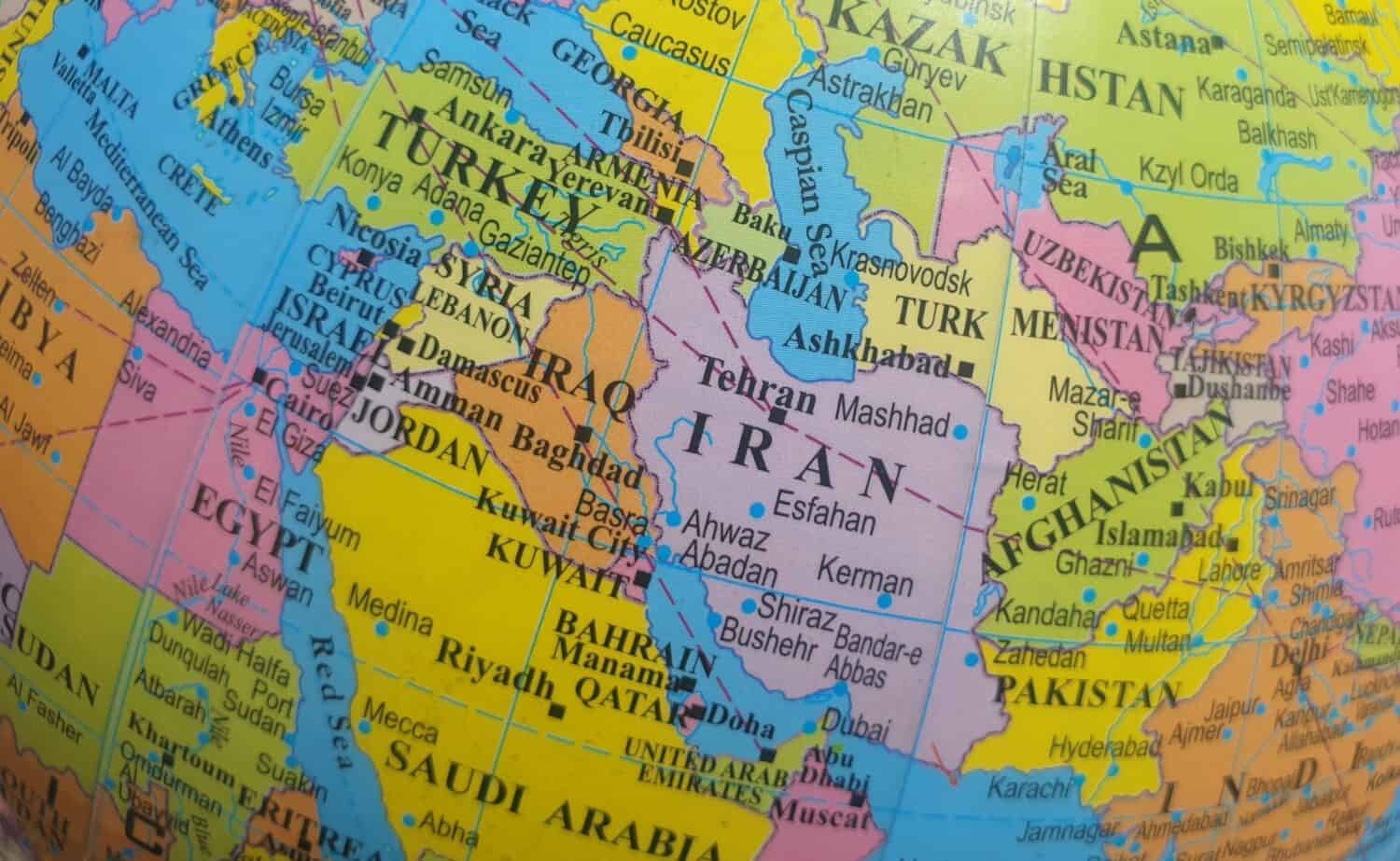
The Middle East is the mot contentious and dangerous flashpoint in the world. Since World War II, the U.S. has been allied to Turkey in NATO with the purpose of deterring Soviet and Russian expansion. The US also has an ironclad alliance with Israel and strong but at times feisty relations with Sunni Arab countries like Egypt, Jordan, Saudi Arabia, and the small Gulf Arab states based on shared interests. The U.S. has complex and intertwined strategic objectives in the region, including containing Iran, combatting terrorism, preserving the flow of oil from the region, and protecting U.S. allies.
- Bahrain: 3,424
- Turkey: 1,683
- Kuwait: 500
- Saudi Arabia: 270
- Qatar: 214
- Egypt: 151
- United Arab Emirates: 131
- Israel: 118
- Jordan: 98
Deployments in the Indian Ocean

The United States has one significant military deployment in the center of the Indian Ocean on the island of Diego Garcia. The U.S. obtained a long-term lease from the UK to build an airbase on the island, but in the process about 2,000 islanders were expelled. As of Oct 3, 2024, the UK has settled a territorial dispute by recognizing the sovereignty of the island nation of Mauritius over all the islands in the Chagos Island chain with the exception of Diego Garcia. This will preserve the UK’s sovereignty over this strategic outpost, and U.S. access to it. Diego Garcia was a significant asset in the wars in Iraq and Afghanistan as a base for long-range bombers.
- Diego Garcia (UK): 234
Take Charge of Your Retirement In Just A Few Minutes (Sponsor)
Retirement planning doesn’t have to feel overwhelming. The key is finding expert guidance—and SmartAsset’s simple quiz makes it easier than ever for you to connect with a vetted financial advisor.
Here’s how it works:
- Answer a Few Simple Questions. Tell us a bit about your goals and preferences—it only takes a few minutes!
- Get Matched with Vetted Advisors Our smart tool matches you with up to three pre-screened, vetted advisors who serve your area and are held to a fiduciary standard to act in your best interests. Click here to begin
- Choose Your Fit Review their profiles, schedule an introductory call (or meet in person), and select the advisor who feel is right for you.
Why wait? Start building the retirement you’ve always dreamed of. Click here to get started today!
Thank you for reading! Have some feedback for us?
Contact the 24/7 Wall St. editorial team.
